Edward Bawden’s Kew Gardens is a beautiful book. Lovers of early 20th-century British art will find it hard to stop gazing at the painted board cover under the dustjacket. It is so sheenily brilliant that you want to frame it and hang it on the
wall at once. Every page, including the endpaper plans of Kew, is visually perfect, and the book is an agreeable size. Peyton Skipwith, formerly of the Fine Art Society, and Brian Webb, the designer, have collaborated on beautiful books before; their track record is impeccable. Published by the V&A, their latest work is an utterly desirable object.
Having had the privilege of being on a tour of Paul Nash’s paintings at the Dulwich Art Gallery in the company of Mr Skipwith, I am aware that his knowledge on this period is vast. And that perhaps is the trouble with the written contribution to Kew Gardens. It may be too recondite for the general reader. I had to read the preface twice to discover how the book worked. It consists of four entirely separate sections, two of Bawden’s work and two of text. The first chunk, reproduced over 20-odd pages, is the 20-year-old Bawden’s ‘General Guide to the Royal Botanic Gardens at Kew’, which he gave to Eric Ravilious, inscribed ‘my first book’. This facsimile edition includes the original dummy upside-down text.
Bawden’s ‘Adam and Evelyn at Kew’ occupies another 17 pages of illustrations, with captions. Many of these were based on those in the earlier ‘Guide’. Originally, ‘Adam and Evelyn’ had an accompanying text by Robert Herring, Bawden’s contemporary — ‘an aspiring imagist, author and playwright… who earned his living as a film critic for the Manchester Guardian’, Herring’s contribution was ‘a gloriously garbled history of Hanoverian Britain’, which seems to have been wrapped round the fantasy of a film company shooting a story at Kew.
The surreal sounding text is not reproduced. Instead we get a Skipwith section on ‘Historic Kew’, which at just under 40 pages forms the major part of the written book. It is not gloriously garbled, but it is stuffed with scholarly quips and jokes. Skipwith cannot resist foreign words. Aperçus abound: ‘In the 18th century, Bute was pronounced Boot’; ‘eminence grise should perhaps be eminence rose’; ‘George II exchanged horticulture for the culture of whores.’ That sort of thing. The clever author spots his own problem in the preface, announcing
that the first half of the book would be concerned with the social evolution of Kew, to the frustration of those readers eager to learn about Bawden’s involvement with the Royal Botanic Gardens.
The final written section of the book, ‘Edward Bawden at Kew’, certainly frustrated this reader, who was left wanting more. Shorter than the Hanoverian pages, this is where we get all the penetrating insights of the art expert, which some of us craved from the start. Preliminary sketches are compared with later versions:
The fussy drawing of the brickwork … has been replaced by a far more effective simple pink wash, while the introduction of the old tree — complete with bird’s nest and eggs — and the curving path gives the whole design a sense of depth.
Being shown how to analyse a picture so clearly is invaluable. In the history chapter, the esoteric detail was less appealing than the fascinating trivia revealed by correspondence with Bawden’s Royal College friend Celia Dunbar, which produces speculation over whether Pliny used acanthus instead of grass for a lawn. More on Bawden and plants — he was described by Nash as ‘the most punctilious sort of good gardener’— would have been welcome.
But the book is very, very lovely and we are lucky to have it at all, so who am I to carp at the balance of the text?
Got something to add? Join the discussion and comment below.
Get 10 issues for just $10
Subscribe to The Spectator Australia today for the next 10 magazine issues, plus full online access, for just $10.
Available from the Spectator Bookshop, £18, Tel: 08430 600033.
Illustrations by Edward Bawden
You might disagree with half of it, but you’ll enjoy reading all of it. Try your first month for free, then just $2 a week for the remainder of your first year.

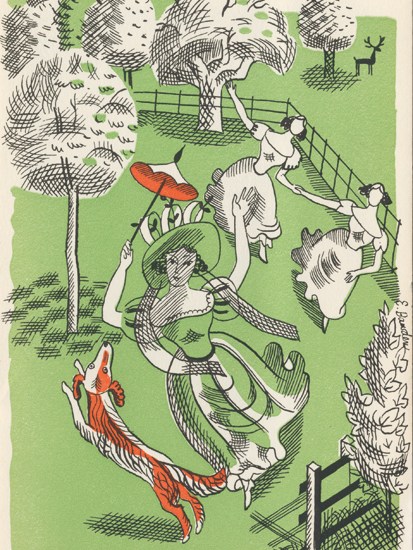

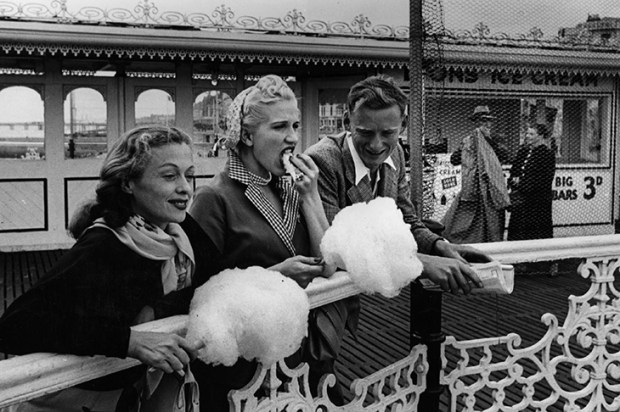
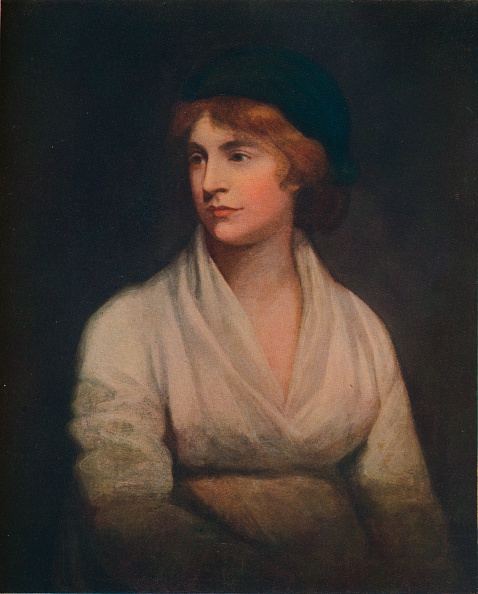
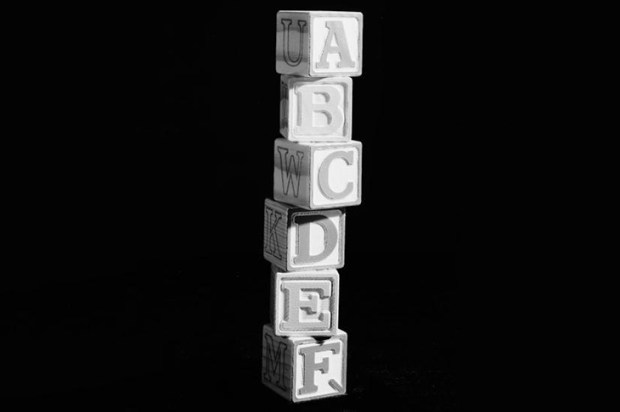
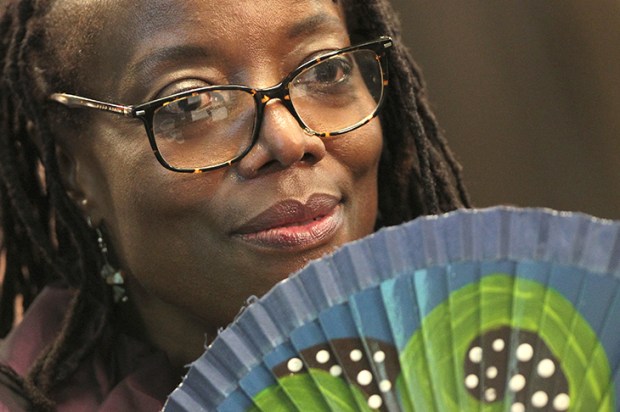
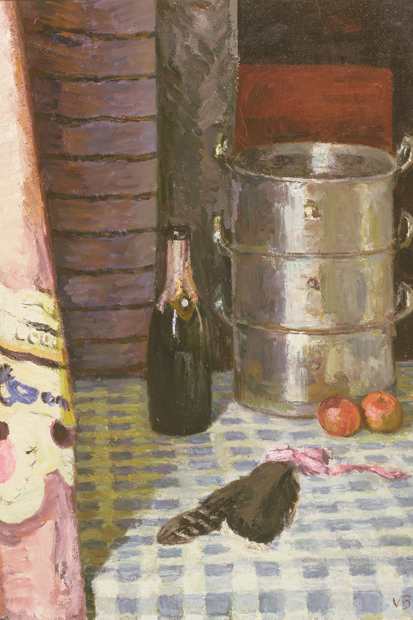






Comments
Don't miss out
Join the conversation with other Spectator Australia readers. Subscribe to leave a comment.
SUBSCRIBEAlready a subscriber? Log in